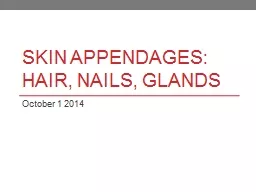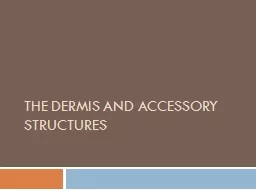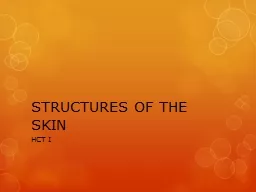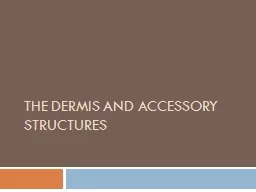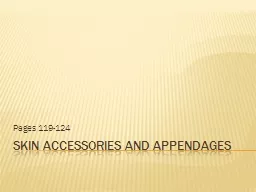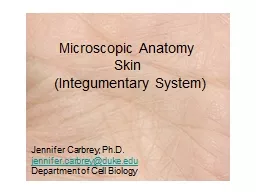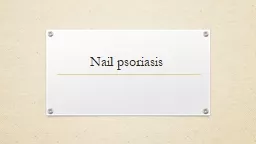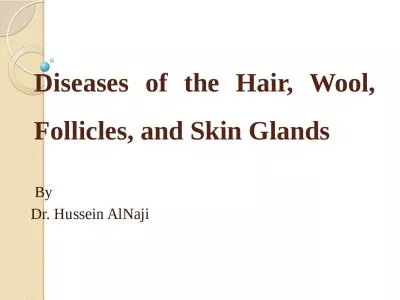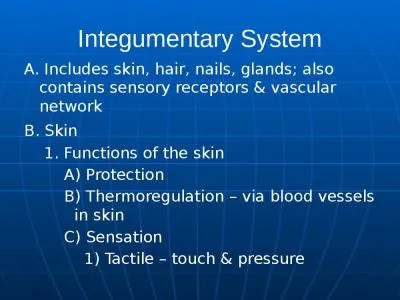PPT-Skin Appendages: Hair, Nails, Glands
Author : kittie-lecroy | Published Date : 2020-04-04
September 2324 2014 Skin Appendages The skin appendages include cutaneous glands hair and nails Cutaneous Glands What is cutaneous What is an exocrine gland
Presentation Embed Code
Download Presentation
Download Presentation The PPT/PDF document " Skin Appendages: Hair, Nails, Glands" is the property of its rightful owner. Permission is granted to download and print the materials on this website for personal, non-commercial use only, and to display it on your personal computer provided you do not modify the materials and that you retain all copyright notices contained in the materials. By downloading content from our website, you accept the terms of this agreement.
Skin Appendages: Hair, Nails, Glands: Transcript
Download Rules Of Document
" Skin Appendages: Hair, Nails, Glands"The content belongs to its owner. You may download and print it for personal use, without modification, and keep all copyright notices. By downloading, you agree to these terms.
Related Documents

